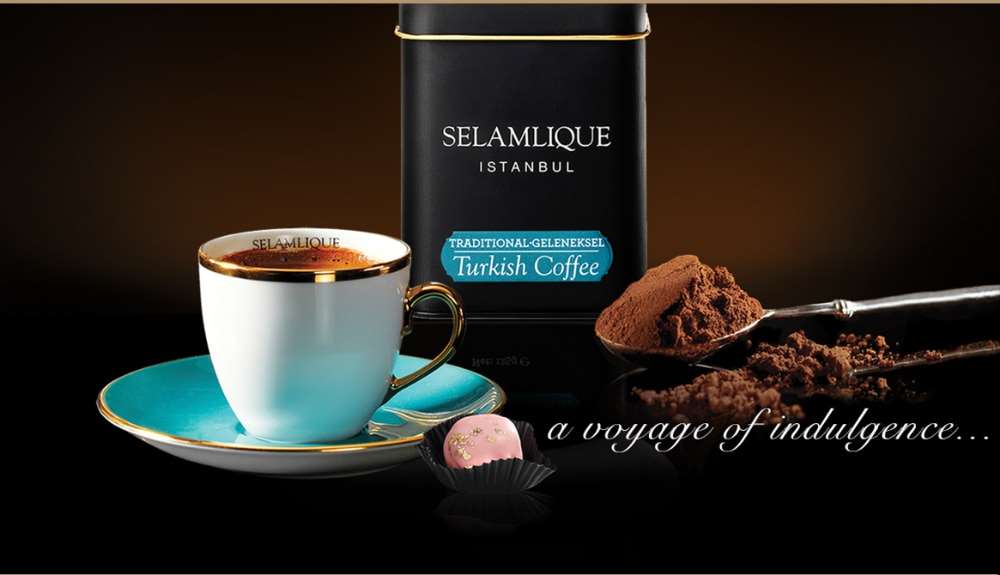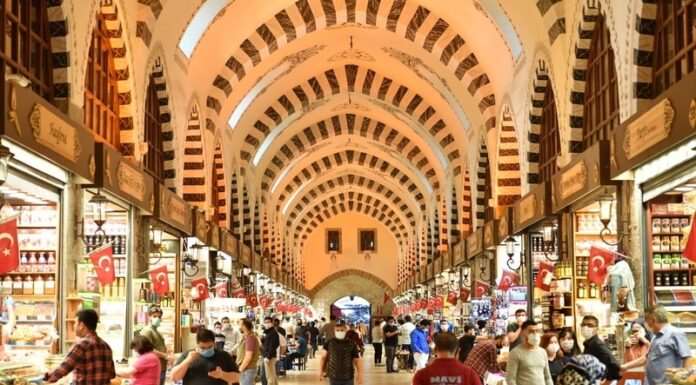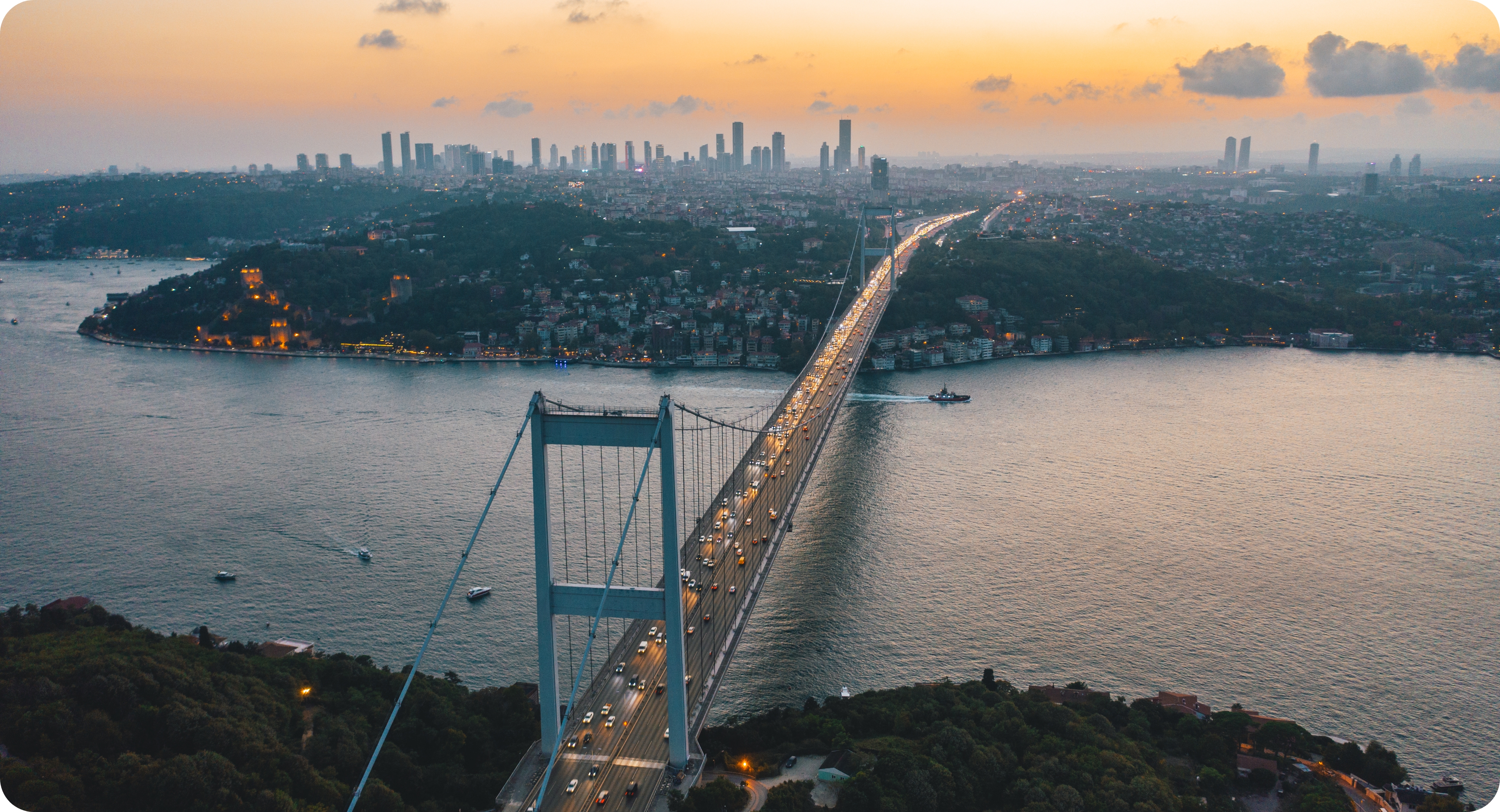Research indicates that coffee was discovered in the Kaffa province of Ethiopia. But the most common legend surrounding coffee is about a shepherd’s discovery that goats run around with joy after eating the fruits of this particular tree. It is well documented that pilgrims travelling to Mecca transported coffee to Persia and North Africa in the sixteenth century.
The House of Turkish Coffee

Sultan Selim I’s conquest of Mecca in 1517, on the other hand, was a turning point in the history of coffee. It quickly became the most popular drink in Istanbul, and speciality houses called kahvehane started appearing in the city; these shops where people drank coffee while idly chatting and playing various card games, along with the drink itself, attracted the attention of numerous travellers, and spread throughout Europe.
The name Selamlique derives from the selamlık of old Turkish mansions, villas and palaces. These were the sections of the house where visitors were greeted, meetings were held and guests entertained. Isolated from harem, the inner sections of the house, selamlık is named after the word selam, greeting, because visitors were often received, thus greeted, here. When Selamlique chose its name, it aimed to draw attention to the socializing force of Turkish coffee, a drink generally accompanied by conversation, while at the same time welcoming everyone to its extraordinary selamlık.
The coffee tree grows between the Tropic of Cancer and Capricorn, in tropical regions, on mountainous plateaus and volcanic slopes characterised by heavy rainfall. It is sensitive to the cold, droughts and sudden changes in weather. The white flowers of the coffee tree have an intense smell akin to that of jasmine and orange blossoms. Blood-red fruits replace the short-lived white flowers, and all the essential properties of the region, from the smell of the earth where the tree grows to the humidity of the air, are embedded in the flavours of their greenish-yellow beans. Traces of coffee’s Ethiopian roots, as well as the earth in Brazil where the plant grew can all be found in a cup of Turkish coffee.
The mill at the Selamlique factory in Izmir can cut a single Brazilian coffee bean into 35 thousand pieces. These are green-hued beans harvested from Arabica trees that grow on plateaus and hills 800 meters above sea level. Compared to Robusta beans, they have a stronger flavour, and less acidity and caffeine. Before being extra finely grinded for Turkish coffee, the beans go through a multi-stage process that requires rigorous care and skill. The time needed for them to reach the ideal colour, taste and smell is determined (for Selamlique coffee this is usually around 180° Celsius and 20 minutes), the beans are cooled on a tray immediately after roasting to stop the cooking process, and rested for 12 hours before grinding. Humidity of the room is kept under control, contact with foreign objects and smells is strictly prohibited, and samples are analysed during the whole process. The grinded beans are packaged in boxes that preserve their purity, either directly or after being blended with mastic, cardamon or cinnamon; they are now ready to be brewed using a cezve, Turkish coffee pot, or a coffee maker.









